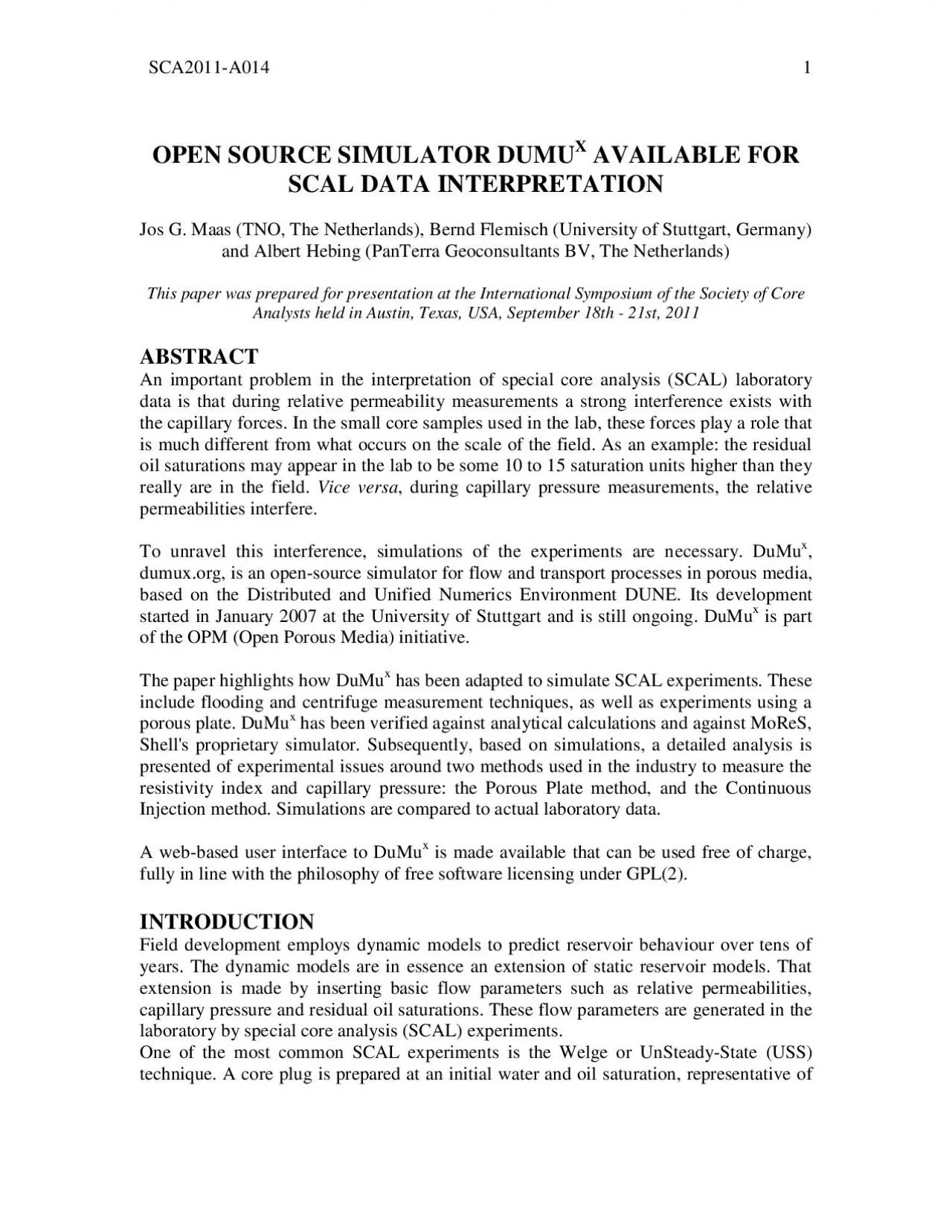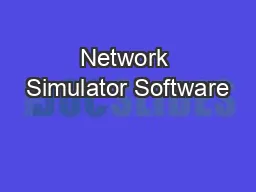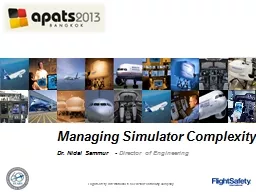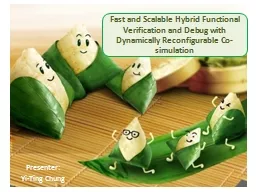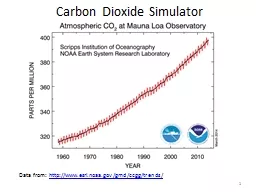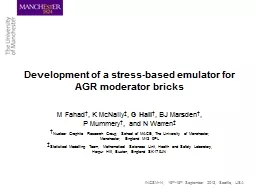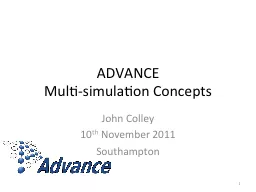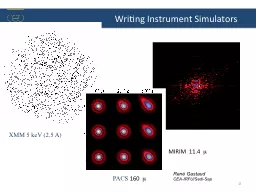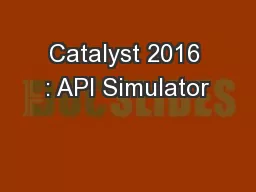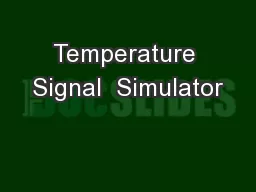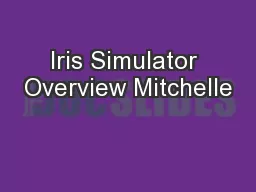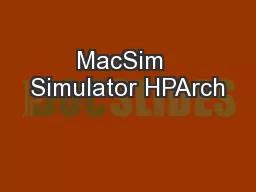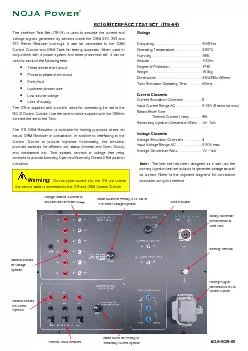PDF-OPEN SOURCE SIMULATOR DUMU
Author : taylor | Published Date : 2021-08-23
SCA2011A0141XAVAILABLE FOR SCAL DATA INTERPRETATIONJos G Maas TNO The Netherlands Bernd Flemisch University of Stuttgart Germany and Albert Hebing PanTerra Geoconsultants
Presentation Embed Code
Download Presentation
Download Presentation The PPT/PDF document "OPEN SOURCE SIMULATOR DUMU" is the property of its rightful owner. Permission is granted to download and print the materials on this website for personal, non-commercial use only, and to display it on your personal computer provided you do not modify the materials and that you retain all copyright notices contained in the materials. By downloading content from our website, you accept the terms of this agreement.
OPEN SOURCE SIMULATOR DUMU: Transcript
Download Rules Of Document
"OPEN SOURCE SIMULATOR DUMU"The content belongs to its owner. You may download and print it for personal use, without modification, and keep all copyright notices. By downloading, you agree to these terms.
Related Documents

